Home>Garden Essentials>How Long Do Cayenne Peppers Take To Germinate
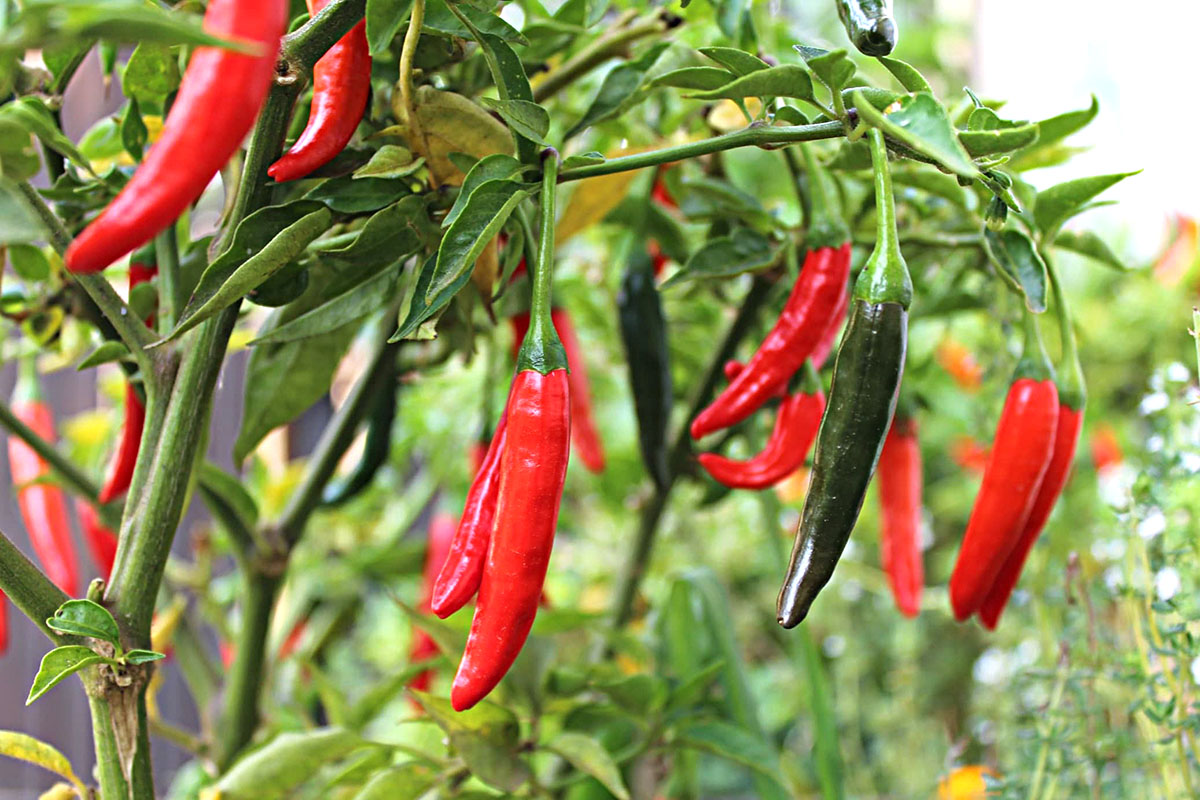

Garden Essentials
How Long Do Cayenne Peppers Take To Germinate
Modified: March 16, 2024
Discover how long it takes for Cayenne peppers to germinate in your garden. Learn the optimal conditions for successful germination and get your garden off to a fiery start.
(Many of the links in this article redirect to a specific reviewed product. Your purchase of these products through affiliate links helps to generate commission for Storables.com, at no extra cost. Learn more)
Introduction
Growing your own cayenne peppers can be a rewarding and delicious experience. These fiery little peppers add spice and flavor to a variety of dishes, and their vibrant red color adds visual appeal to any garden. But before you can start enjoying your homegrown cayenne peppers, you need to understand the germination process.
Cayenne peppers, also known as Capsicum annuum, are warm-season plants that thrive in temperatures between 70-90°F (21-32°C). They are typically started from seeds, which need specific conditions to germinate and grow into healthy plants.
In this article, we will explore the factors that affect cayenne pepper germination, the average germination time, and the ideal growing conditions to help you successfully start your own crop of spicy peppers.
Key Takeaways:
- Grow cayenne peppers by providing warmth, moisture, and high-quality seeds. Maintain optimal conditions for 7-14 days to see sprouts emerge and enjoy spicy peppers in your dishes.
- Troubleshoot issues like poor germination and leggy seedlings by adjusting temperature, moisture, and light. Overcome challenges to ensure healthy growth of cayenne peppers.
Read more: How Long Do Bell Peppers Take To Germinate
Factors Affecting Cayenne Pepper Germination
Several factors can influence the germination of cayenne pepper seeds. Understanding these factors will help you create the optimal conditions for successful germination. Here are the key factors to consider:
- Temperature: Cayenne pepper seeds require warm temperatures to germinate. The ideal temperature range is between 75-85°F (24-29°C). Temperatures below 60°F (15°C) can significantly slow down or prevent germination.
- Moisture: Adequate moisture is crucial for seed germination. However, excessive moisture can lead to fungal diseases and rot. It’s important to strike a balance by providing consistent moisture without oversaturation.
- Light: Cayenne pepper seeds do not require light to germinate. In fact, they actually prefer to germinate in darkness. Exposing the seeds to light during the germination process can hinder their ability to sprout.
- Seed Quality: High-quality seeds are more likely to germinate successfully. It’s important to obtain your cayenne pepper seeds from a reliable source to ensure optimal germination rates. Look for seeds that are plump, firm, and free from any signs of damage or decay.
- Seed Depth: Cayenne pepper seeds should be sown at a depth of approximately 1/4 inch (6 mm) in well-draining soil. Planting seeds too deep or too shallow can impact germination rates.
- Seed Scarification: Some gardeners may choose to scarify cayenne pepper seeds before planting. Scarification involves creating small cuts or abrasions on the seed coat to facilitate water absorption and speed up germination. This technique can be particularly useful for older or harder seeds.
By taking these factors into consideration and ensuring the optimal conditions for germination, you can significantly improve the success rate of your cayenne pepper seedlings.
Germination Time for Cayenne Peppers
The germination time for cayenne peppers can vary depending on several factors, including temperature, moisture, and seed quality. On average, cayenne pepper seeds take approximately 7 to 14 days to germinate under ideal conditions.
The temperature is a critical factor in determining germination time. Higher temperatures, around 80-85°F (27-29°C), can expedite germination, while cooler temperatures can prolong the process. It’s essential to maintain a consistent temperature throughout the germination period to ensure optimal results.
Providing adequate moisture is equally important. Cayenne pepper seeds need to be consistently moist but not overly saturated. Too much water can lead to fungal diseases and hinder germination. Ensure that the soil is moist, but not waterlogged, throughout the germination process.
Seed quality also plays a role in germination time. High-quality seeds tend to have higher germination rates and can sprout more quickly. Therefore, it’s crucial to select fresh, viable cayenne pepper seeds from a reputable source to maximize your chances of success.
It’s important to note that germination time can vary from one seed to another, even within the same batch. Some seeds may germinate earlier, while others may take longer. Patience is key when waiting for your cayenne pepper seeds to sprout.
Once the seeds have germinated, you can expect to see small cotyledon leaves emerge from the soil. These initial leaves will eventually develop into true leaves as the seedlings grow. At this stage, it’s essential to provide adequate light to promote healthy growth.
By understanding the average germination time and the factors that influence it, you can monitor and adjust the conditions to ensure successful germination of your cayenne pepper seeds.
Ideal Growing Conditions for Cayenne Peppers
Cayenne peppers thrive in warm and sunny climates, making them ideal for growing in gardens or containers. Here are the key factors to consider when providing the ideal growing conditions for your cayenne peppers:
- Temperature: Cayenne peppers are heat-loving plants that require a minimum temperature of 70°F (21°C) to thrive. They prefer temperatures between 75-85°F (24-29°C) during the day and slightly cooler temperatures at night. It’s important to ensure that the growing environment remains within this optimal temperature range.
- Sunlight: Cayenne peppers need full sun exposure to produce abundant fruit. They require at least 6-8 hours of direct sunlight daily. Be sure to choose a sunny spot in your garden or provide adequate light if growing indoors.
- Soil: Well-draining soil is crucial for the health and productivity of cayenne peppers. The soil should be rich in organic matter and have a pH level between 6.0 and 7.0. Amendments like compost or aged manure can improve soil fertility and drainage.
- Watering: While cayenne peppers require regular watering, it’s important not to overwater them. The soil should be consistently moist, but avoid waterlogged conditions that can lead to root rot. Water deeply once or twice a week, adjusting frequency based on weather conditions and soil moisture levels.
- Fertilization: Cayenne peppers benefit from regular fertilization to promote healthy growth and fruit production. Use a balanced organic fertilizer or a slow-release granular fertilizer according to package instructions. Avoid over-fertilizing, as it can lead to excessive foliage growth at the expense of fruit production.
- Air Circulation: Adequate air circulation helps prevent diseases and ensures proper plant development. Space your cayenne pepper plants accordingly, allowing enough room for air to flow freely between them. Pruning excess foliage can also improve airflow.
- Pest and Disease Management: Monitor your cayenne pepper plants regularly for signs of pests and diseases. Aphids, mites, and pepper maggots are common pests that can infest these plants. Use organic pest control methods whenever possible and promptly address any disease issues to protect your crop.
Providing these ideal growing conditions will help your cayenne pepper plants thrive and produce a bountiful harvest of spicy peppers for your culinary pleasure.
Cayenne peppers typically take 10-14 days to germinate. Keep the soil consistently moist and provide warmth for best results.
Steps to Germinate Cayenne Peppers
Germinating cayenne peppers from seeds is a relatively straightforward process that can be done indoors or outdoors. Here are the steps to successfully germinate your cayenne pepper seeds:
- Choose high-quality seeds: Select fresh cayenne pepper seeds from a reputable source. Look for seeds that are plump, firm, and free from any signs of damage or decay.
- Prepare seed-starting containers: Use seed trays, small pots, or seed starting trays filled with a well-draining seed starting mix. Moisten the mix before planting.
- Sow the seeds: Place the cayenne pepper seeds on the surface of the moistened seed starting mix, spacing them about 1 inch apart. Gently press them into the soil, but avoid burying them too deep.
- Cover the seeds: Sprinkle a thin layer of seed starting mix or vermiculite over the seeds to lightly cover them. This layer helps retain moisture and promotes good seed-to-soil contact.
- Provide optimal temperature and moisture: Place the seed trays or pots in a warm location with temperatures between 75-85°F (24-29°C). Use bottom heat or a seedling heat mat if necessary to maintain consistent warmth. Keep the soil evenly moist, but not waterlogged.
- Monitor and mist: Regularly check the moisture levels of the soil and mist the surface if it begins to dry out. Avoid overwatering, as it can lead to fungal issues.
- Be patient and maintain conditions: Germination can take anywhere from 7 to 14 days. During this time, maintain the optimal temperature and moisture levels. Keep the seeds away from direct sunlight until they have sprouted.
- Transplant seedlings: Once the seedlings have grown their first true leaves, typically within 4-6 weeks, they are ready to be transplanted into larger pots or into the garden. Harden off the seedlings gradually before planting them outdoors.
- Provide suitable growing conditions: Plant your cayenne pepper seedlings in a sunny location with well-draining soil that has been amended with organic matter. Water the plants regularly and provide support if necessary as they grow.
- Harvest and enjoy: Your cayenne pepper plants will mature in 70-80 days after transplanting. Keep an eye on the peppers, and harvest them when they reach the desired size and color. Enjoy your homegrown cayenne peppers in various culinary dishes!
By following these steps, you can successfully germinate cayenne peppers from seeds and cultivate a thriving crop of spicy peppers to spice up your meals.
Read more: How Long Do Peppers Germinate
Common Issues and Troubleshooting
While germinating cayenne peppers can be a straightforward process, there are a few common issues that may arise. Here are some troubleshooting tips to help you overcome potential challenges:
- Poor Germination: If your cayenne pepper seeds are not germinating or have low germination rates, it could be due to several factors. Ensure that you are providing the correct temperature range, maintaining consistent moisture levels, and using high-quality seeds. Adjusting these factors should improve germination rates.
- Damping-off: Damping-off is a fungal disease that can cause newly germinated seedlings to collapse and rot. To prevent damping-off, make sure to use well-draining soil and avoid overwatering. Providing good air circulation and keeping the seedlings at the proper temperature range can also help prevent this issue.
- Leggy Seedlings: Leggy seedlings occur when the plants grow tall and spindly with weak stems. This is usually caused by insufficient light. Make sure to provide adequate light to your seedlings by placing them near a south-facing window, using grow lights, or providing them with 12-16 hours of supplemental light per day.
- Overwatering: Overwatering can lead to root rot and other fungal diseases. Avoid keeping the soil overly saturated. Instead, water the plants when the top inch of soil feels dry. Ensure proper drainage by using well-draining soil and containers with drainage holes.
- Pest Infestations: Cayenne pepper plants can be susceptible to aphids, mites, and other common garden pests. Regularly inspect your plants for signs of infestation, such as distorted leaves or sticky residue. Treat the affected plants with organic pest control methods like insecticidal soap or neem oil.
- Temperature Fluctuations: Extreme temperature fluctuations, such as sudden drops or fluctuations between hot and cold, can stress cayenne pepper plants. This stress can affect growth and fruit development. Protect your plants from temperature extremes by providing them with proper shelter or using row covers during cooler seasons.
By being aware of these common issues and implementing appropriate troubleshooting measures, you can overcome challenges and ensure the healthy growth and successful germination of your cayenne peppers.
Conclusion
Growing cayenne peppers from seeds can be a rewarding experience that allows you to enjoy the spicy heat and vibrant flavor of these popular peppers. By understanding the factors that affect germination, providing ideal growing conditions, and following the steps for successful propagation, you can cultivate a thriving crop of cayenne peppers in your garden or containers.
Temperature, moisture, and seed quality are key factors that influence the germination process. Maintaining a consistent temperature range, providing adequate moisture without overwatering, and using high-quality seeds are crucial for successful germination.
The optimum growing conditions for cayenne peppers include full sun exposure, well-draining soil rich in organic matter, regular watering, fertilization, and proper air circulation. By creating the right environment, you can ensure healthy plant growth and maximize fruit production.
Although germination time may vary, on average, cayenne pepper seeds take approximately 7 to 14 days to germinate. Patience and attentiveness during this period are essential to monitor moisture levels, maintain optimal growing conditions, and provide the necessary care for your seedlings.
It’s important to be aware of common issues that may arise, such as poor germination, damping-off, leggy seedlings, overwatering, pest infestations, and temperature fluctuations. By troubleshooting these issues promptly and implementing appropriate measures, you can overcome challenges and promote the health and success of your cayenne pepper plants.
With proper care and nurturing, your cayenne pepper plants will thrive and reward you with an abundance of spicy peppers to enjoy in a wide range of culinary creations. So why not embark on this exciting journey and start growing your own cayenne peppers today?
Frequently Asked Questions about How Long Do Cayenne Peppers Take To Germinate
Was this page helpful?
At Storables.com, we guarantee accurate and reliable information. Our content, validated by Expert Board Contributors, is crafted following stringent Editorial Policies. We're committed to providing you with well-researched, expert-backed insights for all your informational needs.
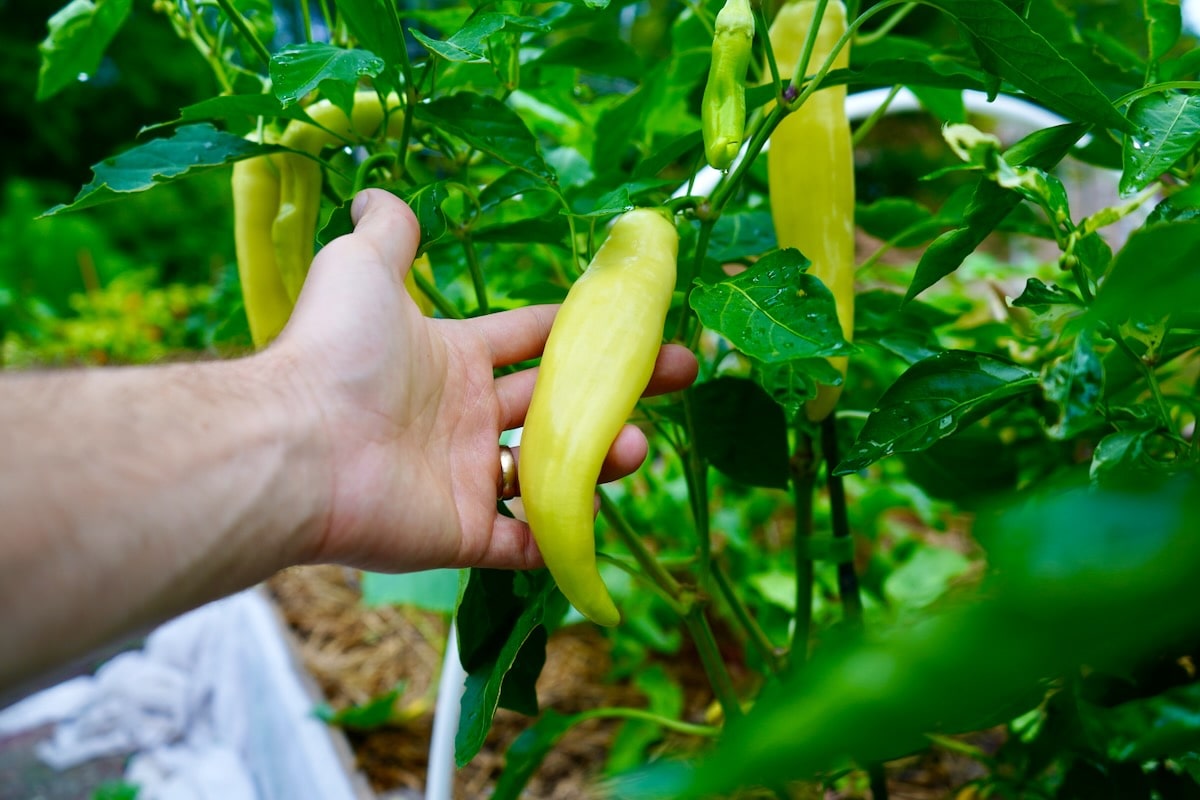
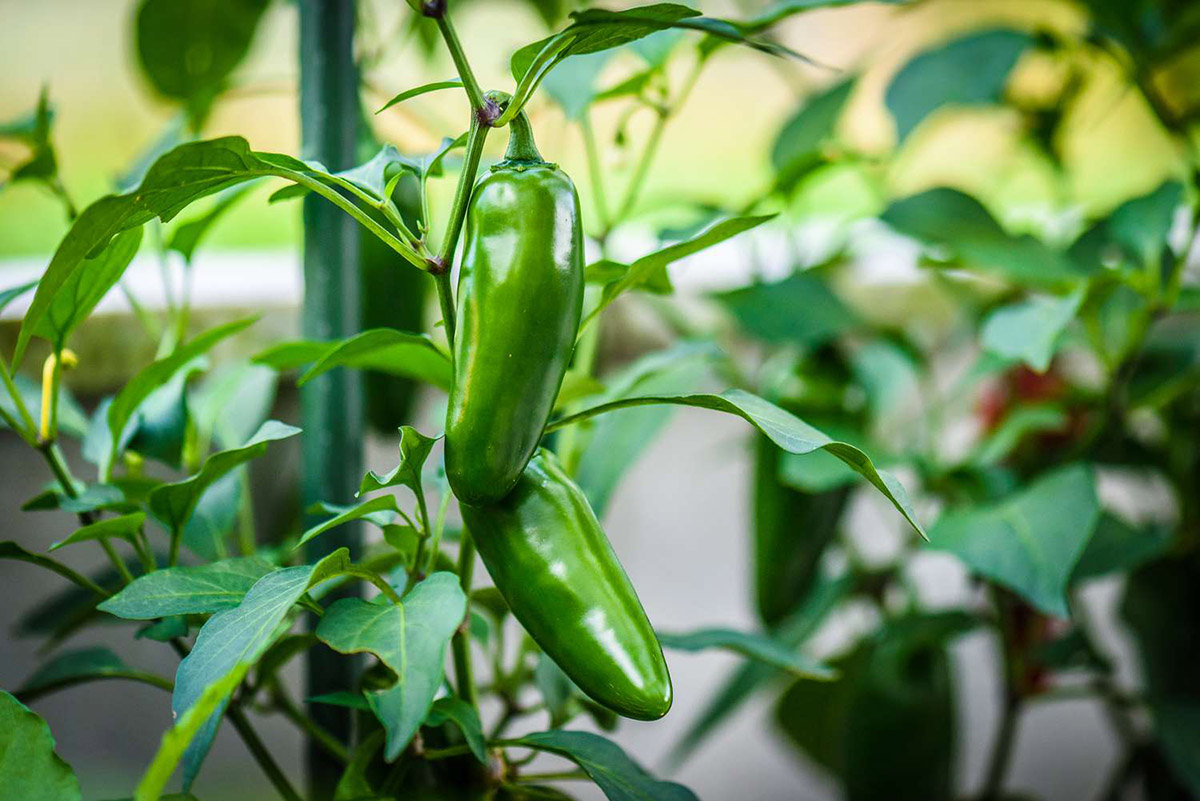
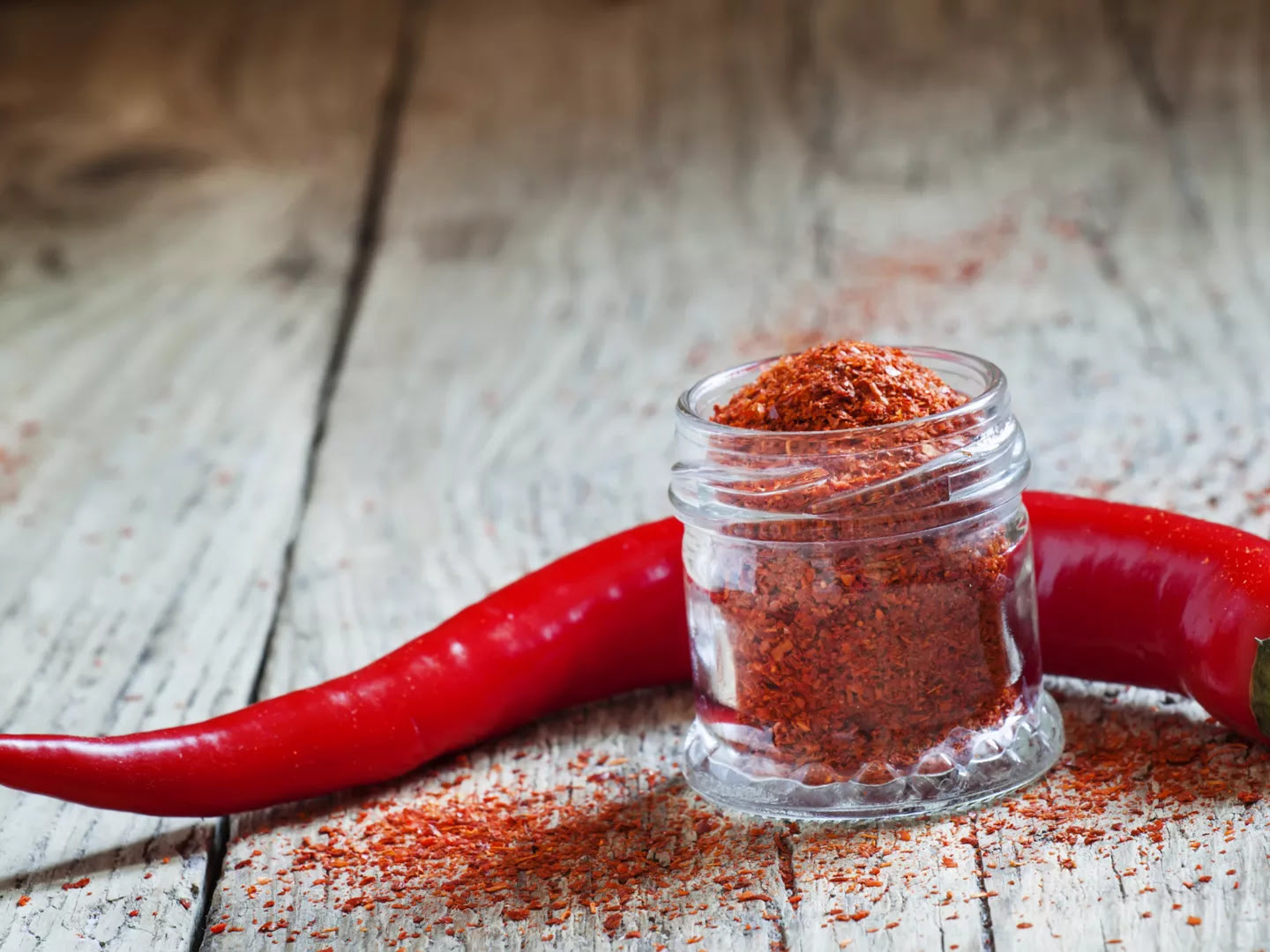
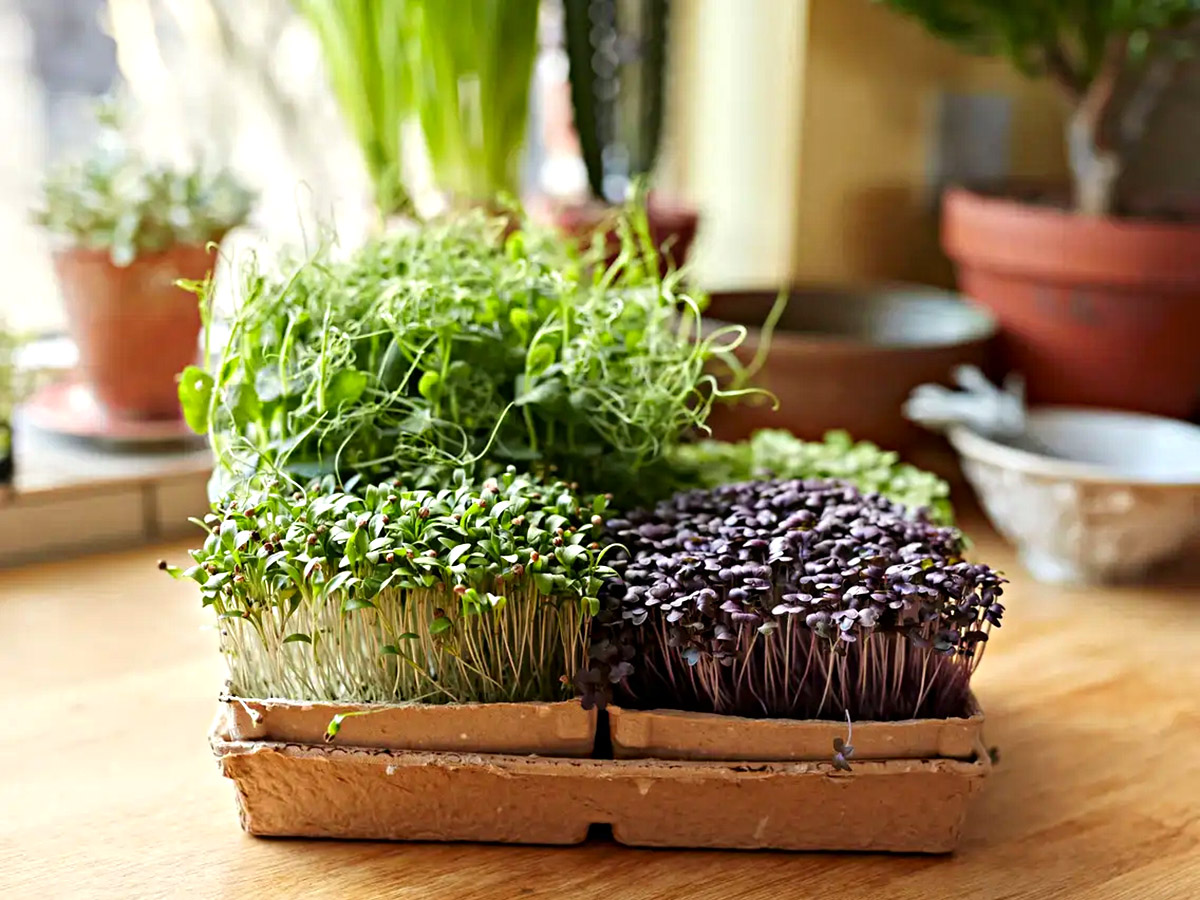
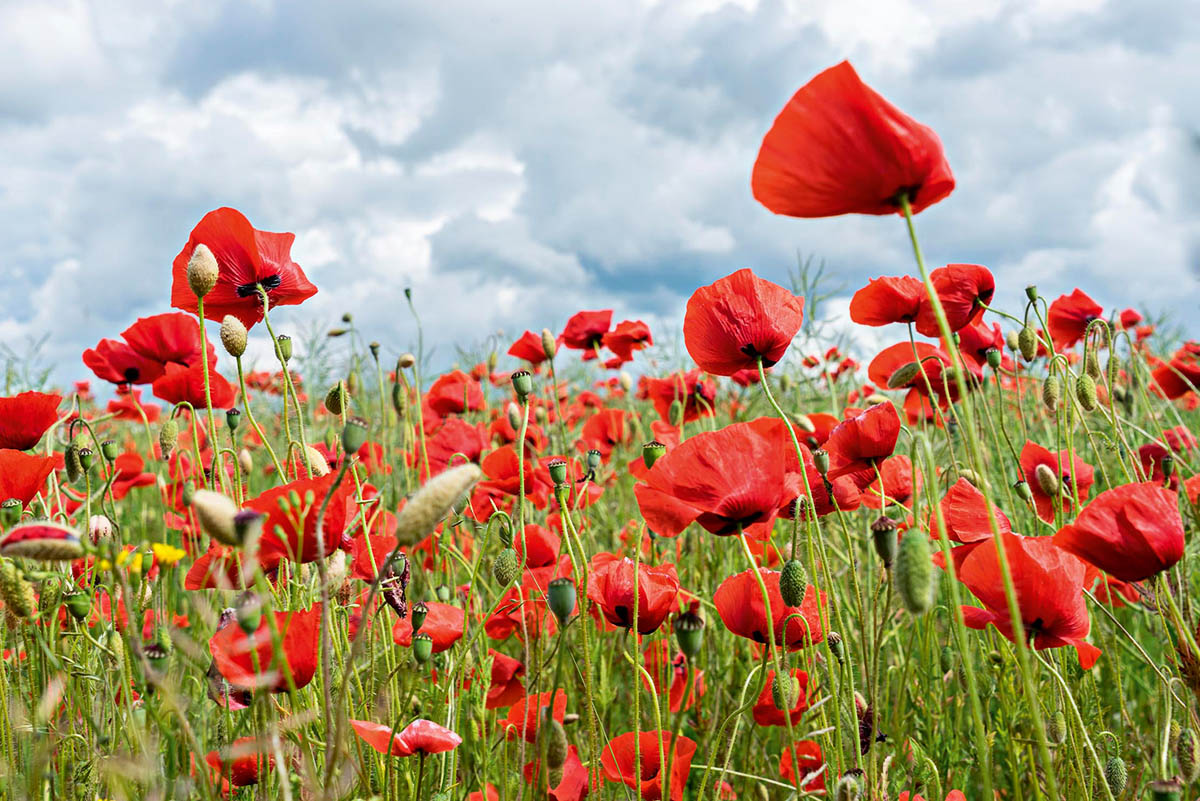
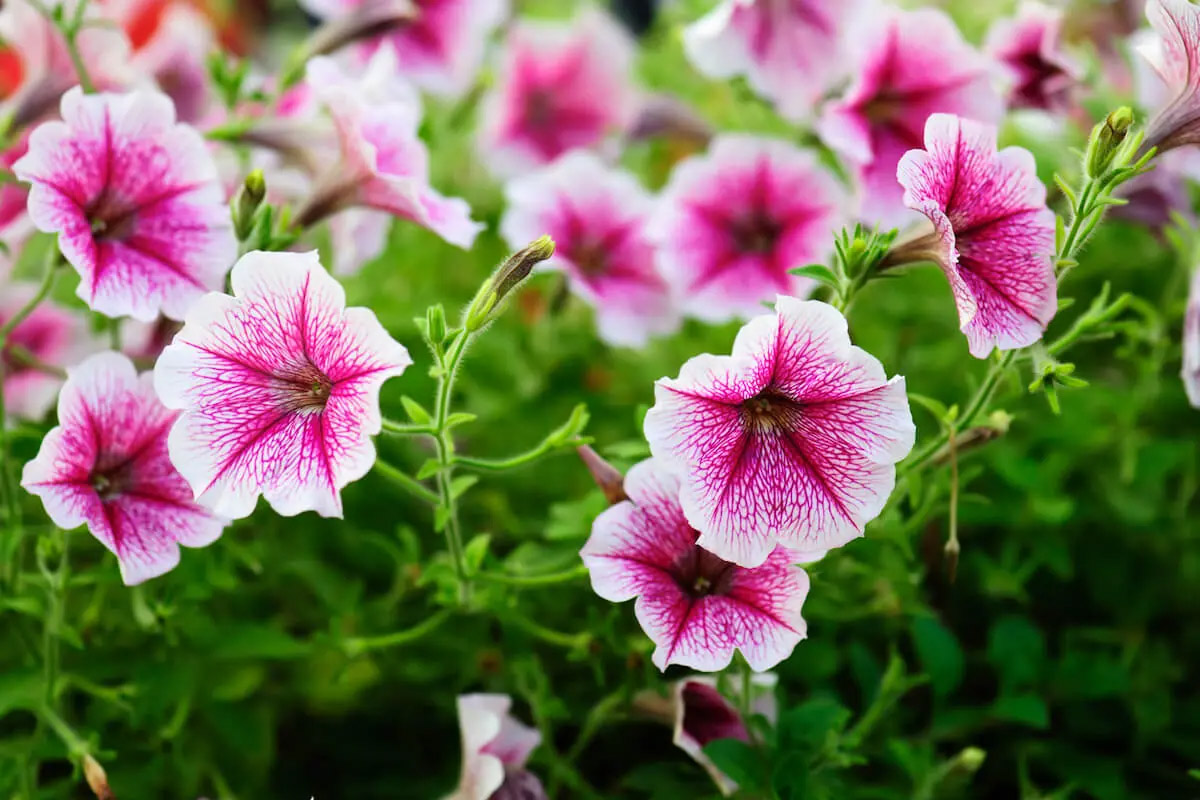
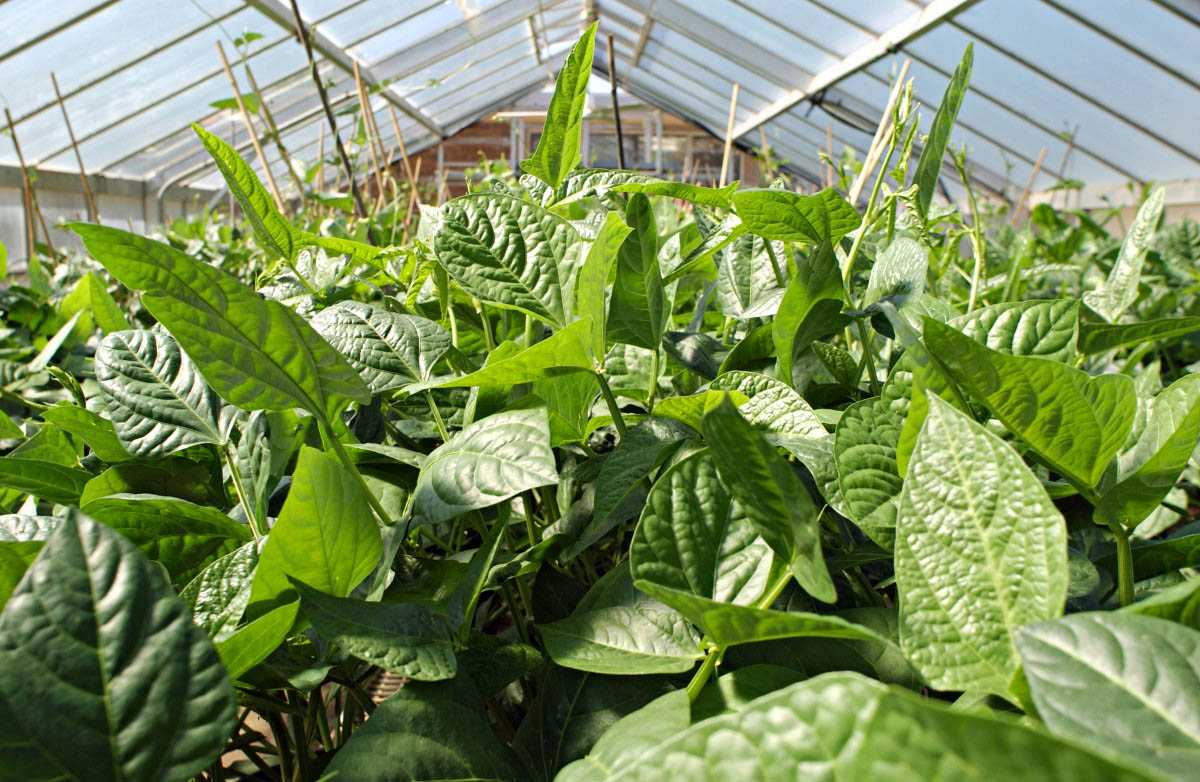
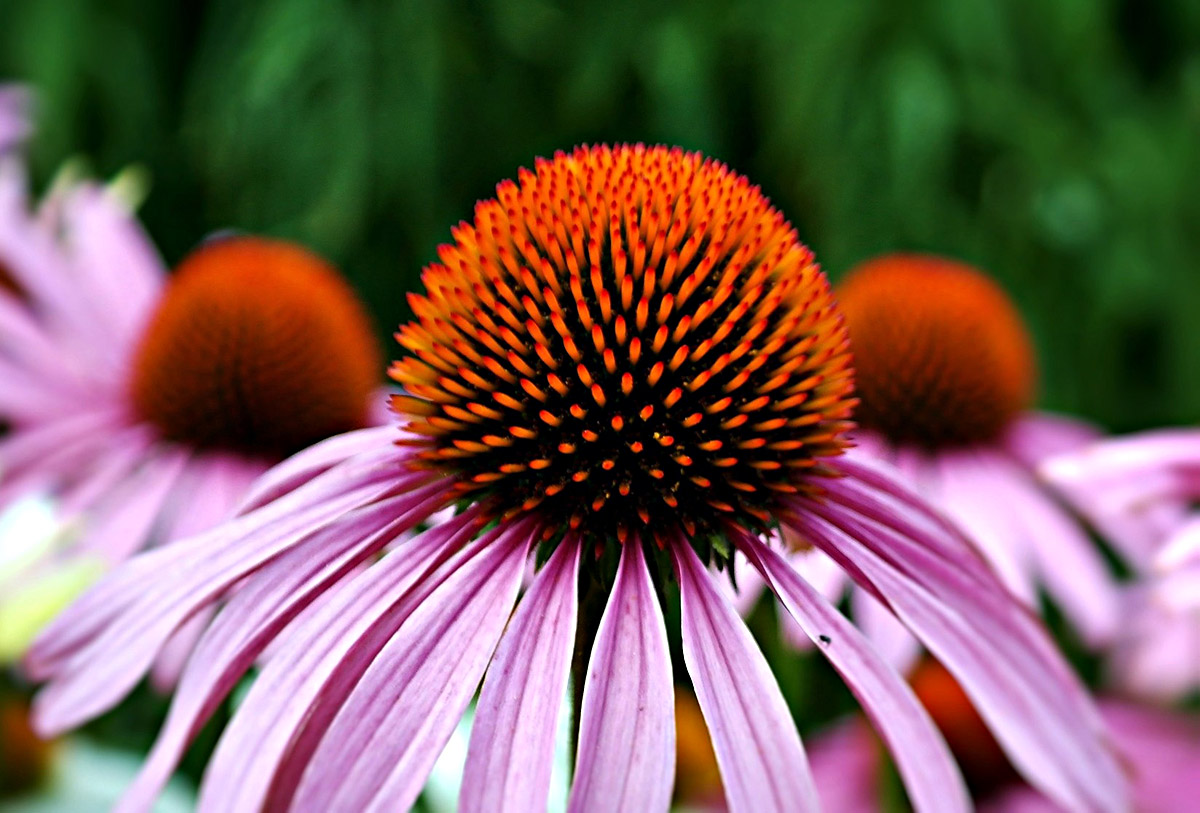
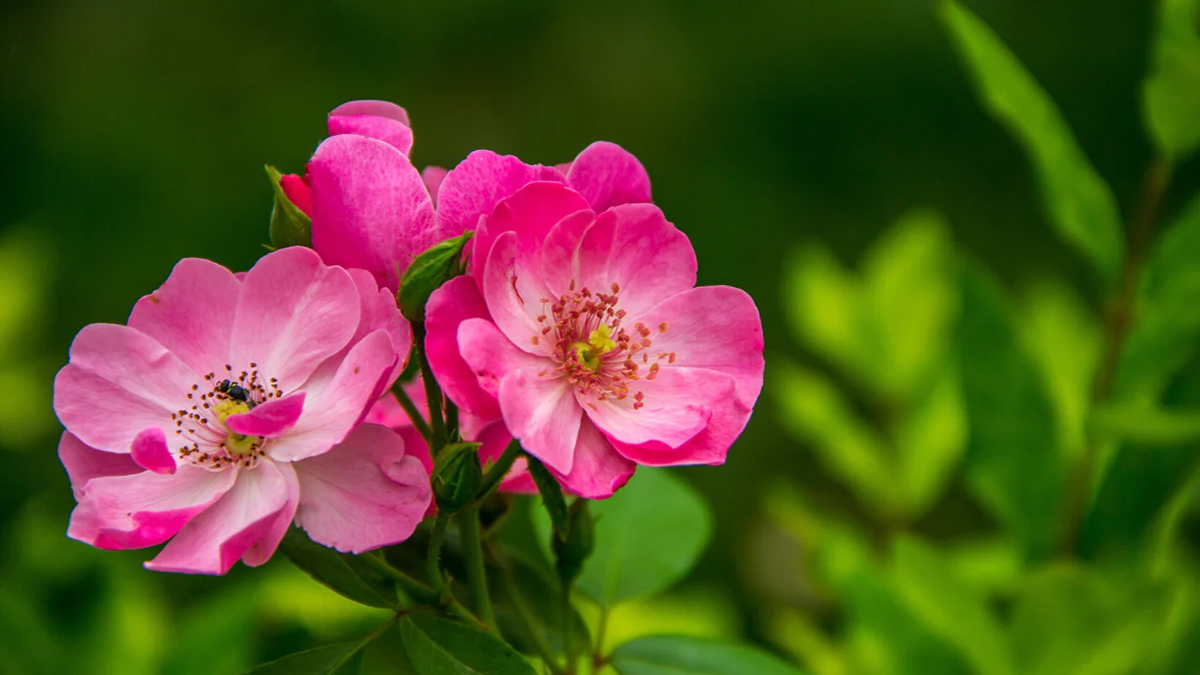
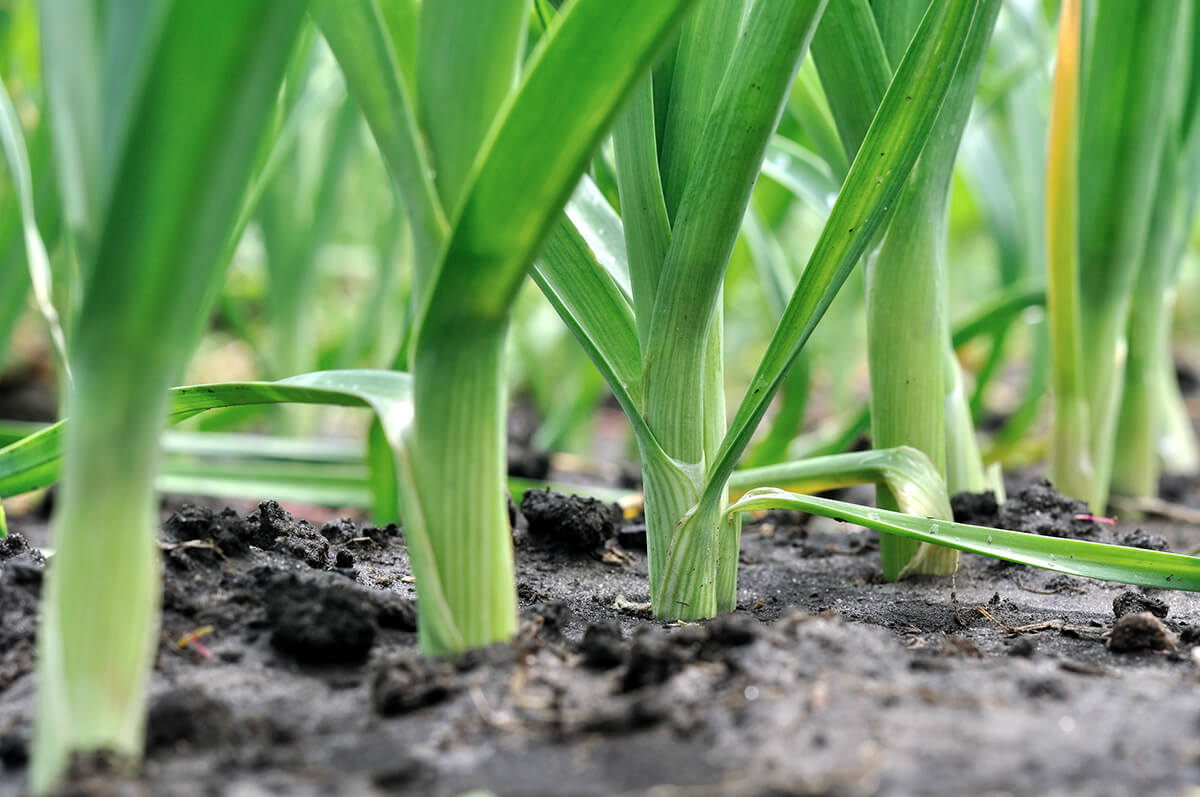
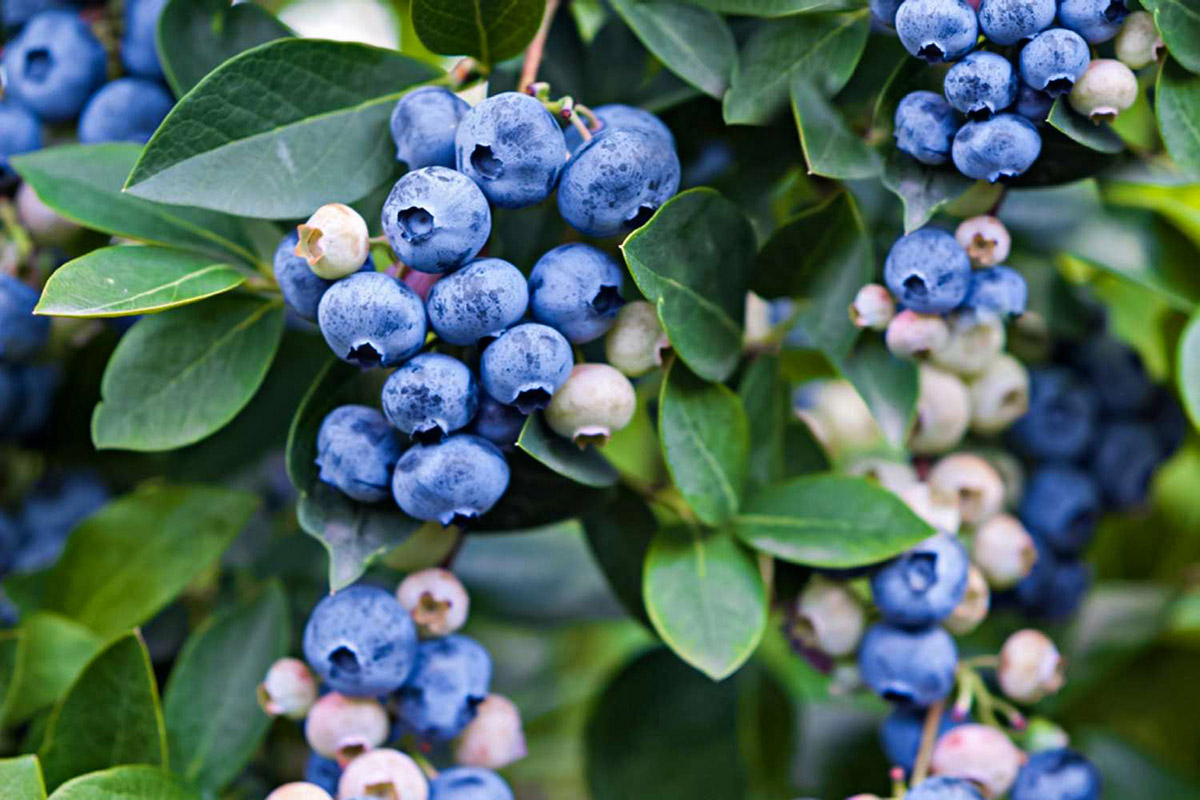
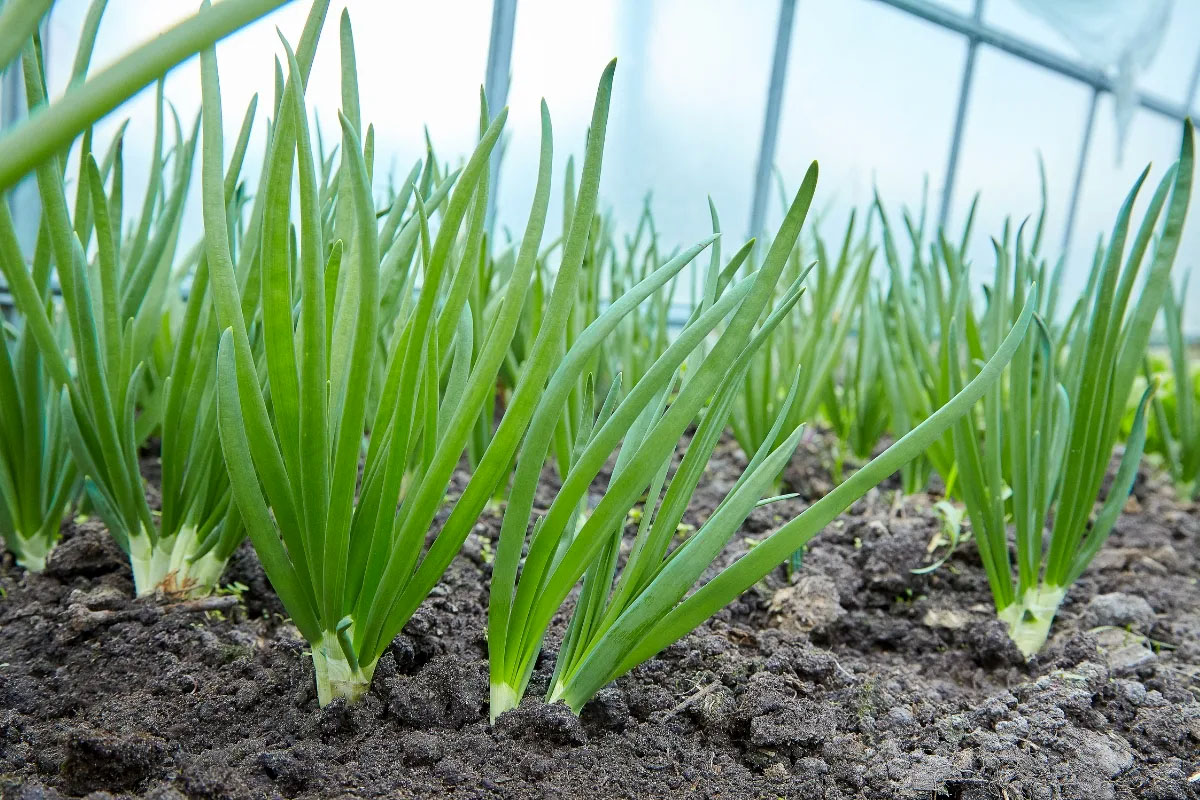
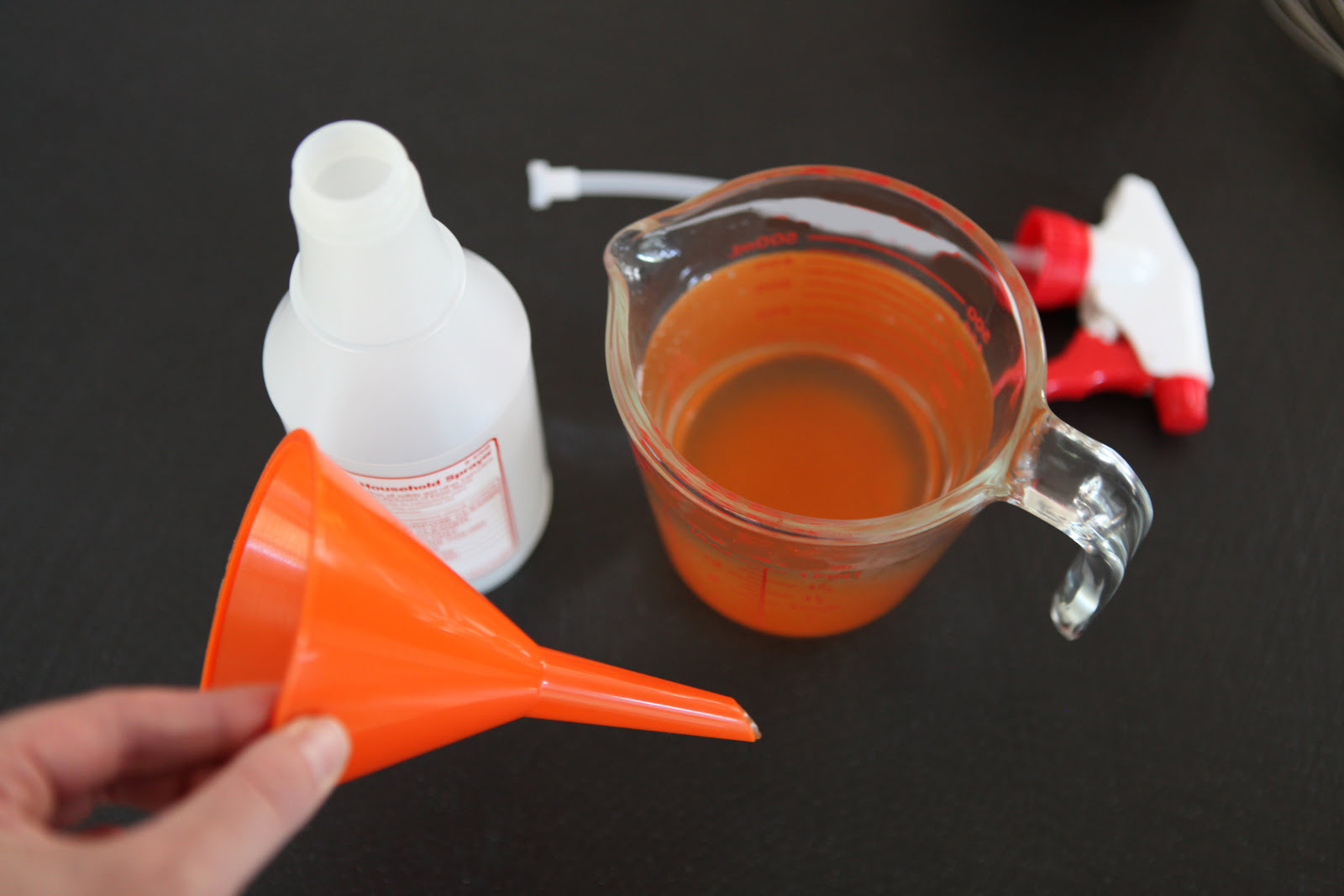
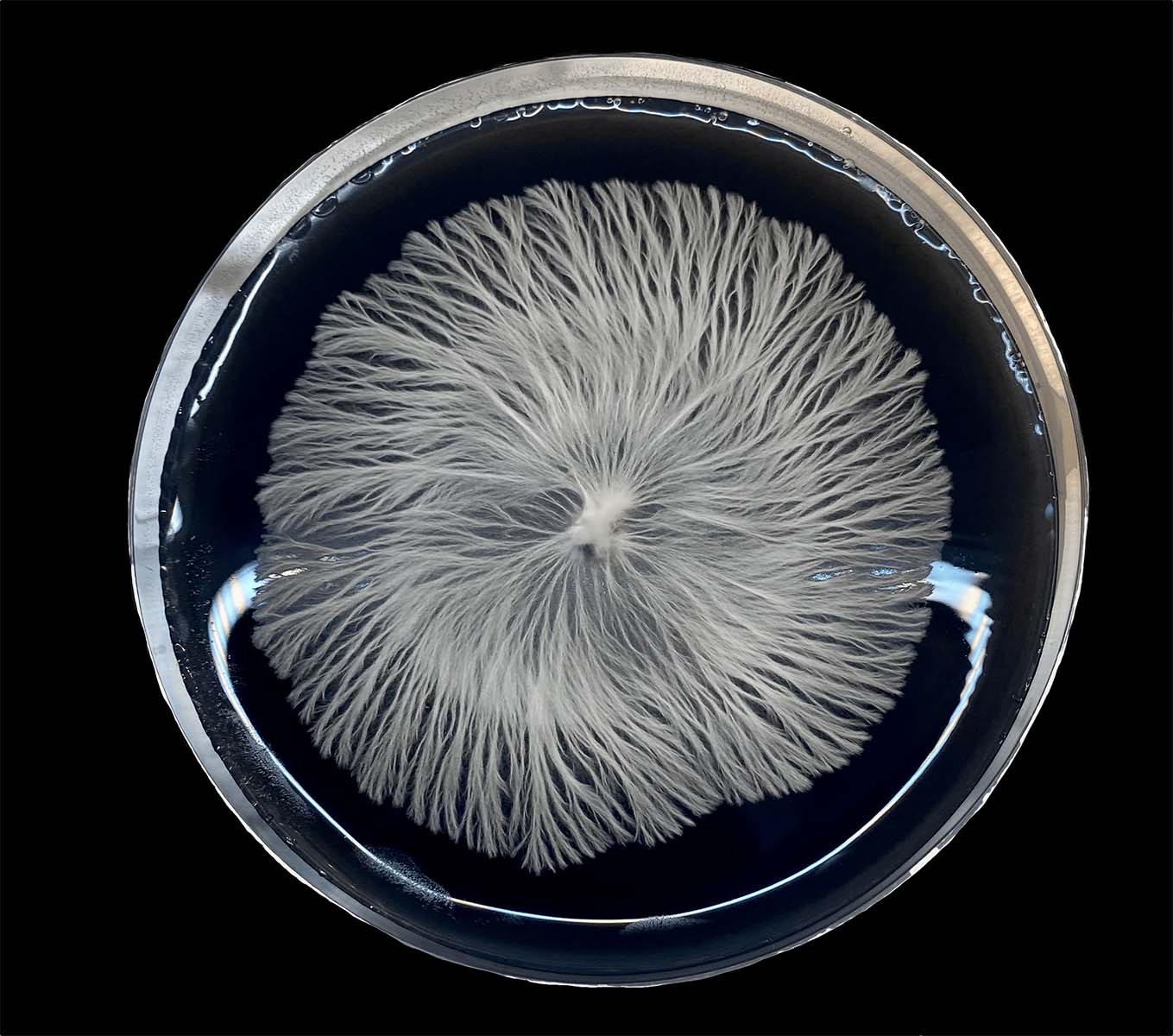

0 thoughts on “How Long Do Cayenne Peppers Take To Germinate”